Why Papua Is a Global Biodiversity Hotspot
Located on the western half of New Guinea Island, Papua is often referred to as Indonesia’s last biodiversity frontier. Its isolation, rugged topography, and diverse climates have nurtured an immense variety of lifeforms that are found nowhere else on Earth.
With over 16,000 plant species, 700+ bird species, and countless reptiles, mammals, insects, and marine life, Papua holds an irreplaceable role in global biodiversity. This article explores the incredible flora and fauna of Papua, their ecological significance, and how they are being threatened—and protected—in the 21st century.
2. Geography and Ecosystems of Papua
Papua’s ecological richness is shaped by its geography:
- Highland Mountains: Including Puncak Jaya (4,884 meters)
- Lowland Rainforests: One of the largest in Southeast Asia
- Mangrove Forests: Covering coastal and estuarine zones
- Swamps and Wetlands: Major carbon sinks
- Coral Reefs and Marine Zones: Especially Raja Ampat and Cenderawasih Bay
Each ecosystem harbors unique lifeforms, contributing to the ecoregional diversity that makes Papua a UNESCO-priority conservation area.
3. Endemic Flora of Papua
🌺 Key Plant Categories:
- Orchids (e.g., Dendrobium, Bulbophyllum)
- Dipterocarps (rainforest hardwoods)
- Ficus species (figs vital to forest food chains)
- Sago Palms (Metroxylon sagu)—a dietary staple
🌱 Notable Endemic Plants:
- Paphiopedilum papuanum: Papua’s native lady slipper orchid
- Nepenthes insignis: A carnivorous pitcher plant
- Araucaria cunninghamii: A primitive conifer
“Every 10 square kilometers of Papua’s forest may contain over 1,000 unique plant species.” — WWF
4. Iconic Fauna of Papua
🦜 Birds of Paradise (Paradisaeidae)
- Known for extravagant plumage and mating dances
- Endemic to New Guinea and nearby islands
- Species: Raggiana, King Bird of Paradise, Wilson’s Bird of Paradise
🦘 Tree Kangaroos
- Arboreal marsupials like Dendrolagus goodfellowi
- Unique to mountain forests
🐍 Reptiles and Amphibians
- More than 350 species of frogs, geckos, snakes
- Home to Boelen’s Python (rare and non-venomous)
🐒 Mammals
- Echidnas (egg-laying mammals)
- Cuscus (arboreal marsupials)
- Long-beaked spiny anteaters
5. Papua’s Rainforest: The Lungs of Southeast Asia
With over 30 million hectares of largely intact rainforest, Papua is vital for:
- Carbon absorption
- Water regulation
- Flood control
- Biodiversity corridors (supporting migratory and endemic species)
Key Rainforest Types:
- Montane Forests (above 1,000m elevation)
- Peat Swamps
- Alluvial Forests
- Heath Forests
6. Rare and Threatened Species
Endangered Species in Papua:
| Species | Conservation Status | Notes |
|---|---|---|
| Dingiso (tree kangaroo) | Critically Endangered | Found only in central highlands |
| Victoria Crowned Pigeon | Near Threatened | World’s largest pigeon |
| Leatherback Sea Turtle | Vulnerable | Spawning beaches along Papua’s coasts |
| Northern Cassowary | Vulnerable | Flightless bird, key seed disperser |
Efforts are underway to monitor and protect these species via satellite tracking, community conservation, and habitat corridors.
7. Marine Biodiversity of Papua
The Bird’s Head Seascape, including Raja Ampat, is home to:
- Over 75% of all known coral species
- 1,500+ species of reef fish
- Sea turtles, dugongs, manta rays, whale sharks
Raja Ampat is known as the “Amazon of the Ocean.”
Conservation organizations have partnered with local communities to implement no-take zones, sustainable fishing, and coral restoration.
8. Indigenous Knowledge and Biodiversity
The indigenous peoples of Papua—Dani, Asmat, Korowai, Amungme, among others—possess generations of ecological knowledge.
They use flora for:
- Herbal medicine (e.g., betel leaf, bitter roots)
- Natural dyes
- Sustainable building materials
They also practice rotational farming, agroforestry, and sacred zoning to preserve biodiversity long before the concept of “conservation” existed.
9. Environmental Threats to Papua’s Ecosystem
Despite its remoteness, Papua faces mounting ecological challenges:
🌍 Deforestation
Driven by:
- Logging
- Palm oil plantations
- Mining (e.g., Freeport’s Grasberg mine)
🔥 Climate Change
Rising temperatures and unpredictable rainfall affect species’ lifecycles and habitats.
🏗️ Infrastructure Projects
Construction of roads, dams, and airports fragment habitats.
🐾 Wildlife Trafficking
Rare birds and reptiles are illegally smuggled, driven by black-market demand.
10. Conservation Projects and Protected Areas
Notable Protected Areas:
- Lorentz National Park (UNESCO World Heritage Site)
- Cyclops Mountains Reserve
- Wasur National Park
- Cenderawasih Bay Marine Park
Conservation NGOs Active in Papua:
- WWF Indonesia
- Conservation International
- Yayasan EcoNusa
- TNC (The Nature Conservancy)
Initiatives include:
- Biodiversity monitoring
- Community rangers
- Payment for ecosystem services
- Indigenous forest management zones
11. Ecotourism and Biodiversity Education
Ecotourism in Papua promotes both conservation and local economic growth.
Popular Ecotourism Spots:
- Baliem Valley (trekking and tribal immersion)
- Raja Ampat (diving and marine studies)
- Wasur NP (wetland birdwatching)
Tour operators now collaborate with tribal leaders to ensure sustainability and equitable income.
12. Papua’s Role in Global Climate Resilience
Papua’s forested lands and coral reefs serve as:
- Carbon sinks
- Storm buffers
- Oxygen producers
- Biodiversity reservoirs
Protecting Papua’s flora and fauna is a global imperative for planetary health, particularly in a warming world where natural carbon regulation is at risk.
13. Final Thoughts: Preserving the Last Eden on Earth
Papua remains one of Earth’s final strongholds of wilderness, where ancient forests meet vibrant coral reefs and rare species coexist with indigenous cultures.
To preserve its delicate biodiversity:
- Strengthen indigenous land rights
- Enforce anti-logging regulations
- Promote eco-education
- Support local conservation projects
🌿 As travelers, scientists, educators, and digital citizens, we must amplify awareness and action to protect this sacred biodiversity frontier.
14. Frequently Asked Questions
Q: Can tourists visit Papua’s forests and marine parks?
A: Yes, with proper permits and guides. Responsible tourism is encouraged.
Q: What is the most famous animal in Papua?
A: The Bird of Paradise, especially Wilson’s Bird of Paradise, known for its striking plumage.
Q: How many plant species are endemic to Papua?
A: Over 60% of Papua’s plant species are endemic, making it one of the richest floristic regions globally.
Q: Are there conservation volunteering opportunities?
A: Yes, with NGOs like WWF, EcoNusa, and local foundations in marine and forest conservation.
15. References and Further Reading
- WWF Indonesia Reports (2024)
- Conservation International: Papua Biodiversity Data
- Papua New Guinea Biodiversity Handbook
- National Geographic: Papua Rainforest Features
- Raja Ampat Biodiversity Assessments (2023)
Read More :
- Inside Papua: Discovering the Unique Tribes of Indonesia’s Eastern Frontier
- Raja Ampat: The Ultimate Underwater Adventure in Southwest Papua
- Echoes of the Jungle: Traditional Musical Instruments of Papua
- In Java People Hijack Rice Fields Using Cows, in Papua Using Pigs
- Grasberg Mine: How Freeport Built the Largest Gold Mine in Papua
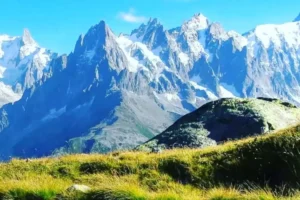
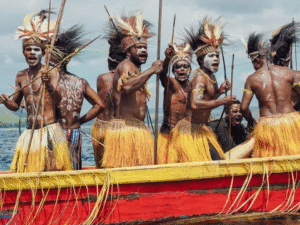
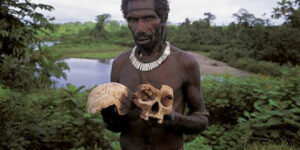
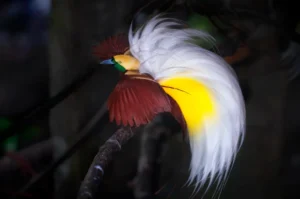
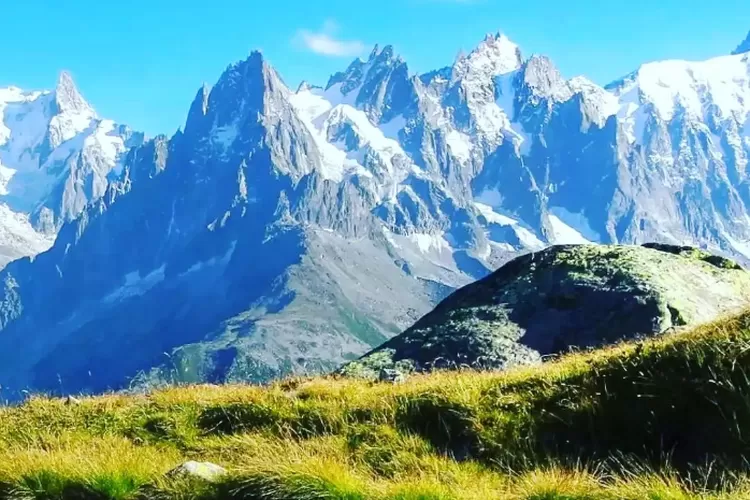
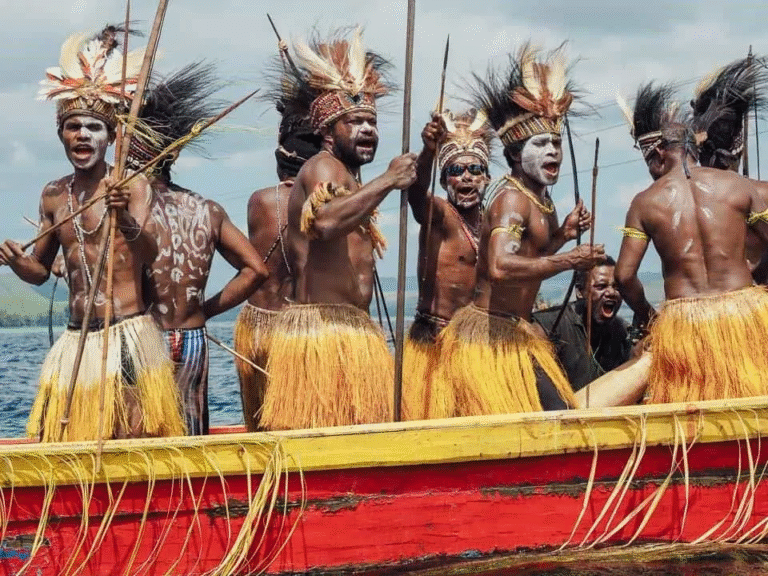

One thought on “The Variety of Flora and Fauna in Papua: A Complete Biodiversity Indonesia’s Natural Paradise”